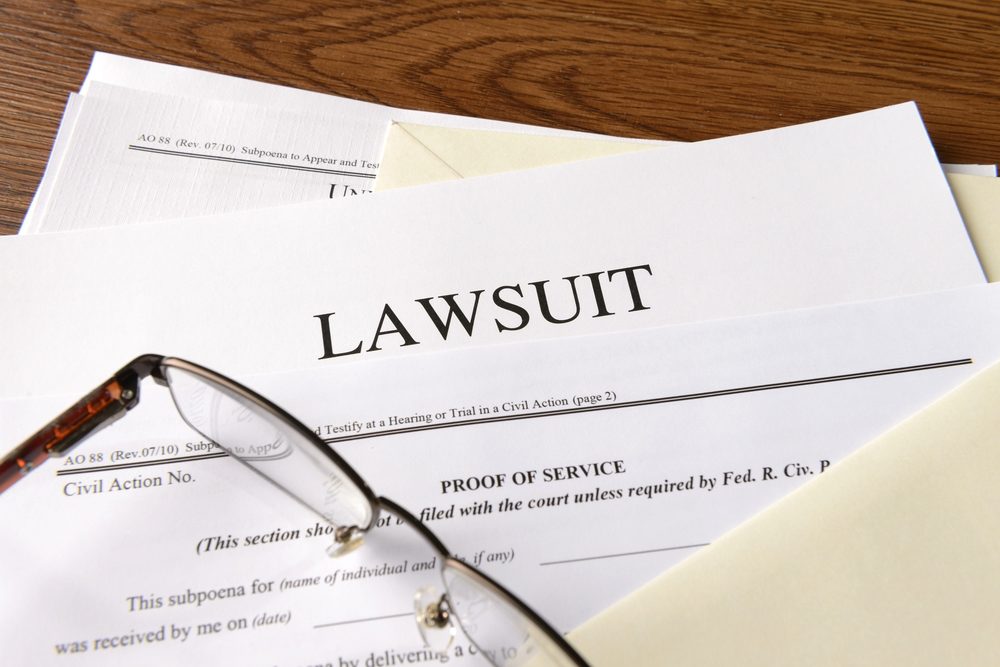
If you are injured due to another person’s negligence, a Virginia personal injury attorney can help you file a lawsuit to obtain financial compensation for the losses those injuries have caused you from the parties responsible.
One of the biggest obstacles in a personal injury lawsuit is showing that the person responsible for your injury had a duty to keep you safe, or at least to avoid hurting you. Typically, a party’s negligence is proven under the “common law,” which is essentially the combined wisdom of society and the judgment of the jury or a judge as to what this means in the specific case.
While this aspect of a personal injury lawsuit is often one of the most complex pieces of the puzzle, there are some instances where it is very straightforward. One of these instances is when you can show that the person who hurt you was negligent per se. Proving that a party violated a state or federal statute or regulation that applies to the facts of the case means there is no requirement to prove a violation of “common law” because the relevant statute/regulation already states what is considered unlawful.
Understanding Negligence Per Se
Negligence per se is a legal doctrine that can significantly strengthen your personal injury case if you have been injured due to someone else’s violation of an existing law (meaning a statute or regulation). This doctrine can simplify the process of proving negligence and hold wrongdoers accountable more effectively.
Negligence per se is a Latin term that translates to “negligence in itself.” In personal injury law, it refers to a situation where a defendant’s actions are considered inherently negligent because they violated a specific law, statute, or regulation designed to protect the safety and well-being of others. When such a violation occurs, it can serve as solid evidence of negligence.
Virginia laws (statutes and regulations) have been enacted to ensure that people do not put others in the way of unnecessary harm and that, if they do, such laws may help the person who gets hurt be compensated for their pain and suffering.
When one of these laws is violated, then the mere violation of that law can be used to show that the person who broke it was acting negligently and, therefore, should be made to compensate the person injured due to the violation. This is called negligence per se because the factual proof of a violation of the law or regulation can be used to show that the person breaking it was negligent. The statute or regulation determines what is unlawful, so violating it may be deemed negligence, specifically, “negligence per se.”
How Negligence Per Se Works
To establish negligence per se, your attorney must demonstrate that the defendant violated a law or regulation applicable to the circumstances of your case. This could include traffic laws, building codes, safety regulations, or other legally enacted statutes or regulations.
You must also prove that the defendant’s violation of the law directly caused your injuries. This typically requires showing that the violation was a substantial factor in bringing about the harm.
Negligence per se assumes that the defendant breached their duty of care by violating the law. This simplifies the burden of proving negligence, as you do not need to establish evidence of the applicable standard of care and how it was “breached” by a party.
Advantages of Negligence Per Se
The most significant advantage of negligence per se is that it creates a presumption of negligence on the defendant’s part. What does this matter? Often, parties sued for negligence will claim they did everything reasonable to prevent your injury. “Negligence per se” eliminates this defense: a party’s claim of “due care” is irrelevant because the statute or regulation has declared what is unlawful, so “reasonable” or “due” care is irrelevant. There is no defense to negligence per se. This means that the burden of proof shifts to the defendant to demonstrate that they did not violate the statute or regulation, rather than you having to prove their negligent conduct.
Negligence per se streamlines the legal process by focusing on the violation of a law or regulation. This can make your case more straightforward to prove. With the presumption of negligence, your personal injury case becomes more compelling. Juries are more likely to find in your favor, and settlements may also be more favorable.
An Example: Driving Over the Center Line
One example of negligence per se arises when a driver drives their car over the double yellow line in the middle of the road. According to the laws of Virginia, a driver is required to keep his or her vehicle on the right side of the road and to prevent it from drifting over the center line into oncoming traffic. Suppose someone breaks this law and hurts someone in a car accident. In that case, it can be used in court to show that the driver was negligent because one statute requires drivers to stay within their lanes of travel, and another states that if a driver crosses a double center line, either or both may be considered negligence per se, simplifying the necessary proof in a trial.
If you can show that the person who hurt you was negligent per se, then the two central questions of a typical personal injury lawsuit – whether that person had a duty to keep you safe and whether they violated that duty – may be much simpler to prove, improving the outlook of your case.
Let Our Personal Injury Law Firm Help
If you or a loved one has suffered an injury in an accident caused by another party, contact a Virginia Beach personal injury attorney to learn what legal recourse you may have.
The experienced Virginia personal injury lawyers at Shapiro, Washburn & Sharp only handle personal injury cases and have successfully advocated for injured victims in obtaining the financial compensation they deserved for their injuries, including a record-setting mild brain injury verdict for $60 million, which was confidentially settled while on appeal. Call us today for a free case evaluation.

An experienced personal injury attorney with dual licensure in Virginia and North Carolina, Eric Washburn received a B.B.A. in Finance from James Madison University—initially worked in the information technology field before obtaining his law degree from Thomas M. Cooley Law School in Lansing, Michigan. Once an Assistant Commonwealth’s Attorney in Danville, Va., Eric has been recognized by Super Lawyers Magazine as a “Rising Star” Super Lawyer in Virginia since 2014.









Comments for this article are closed.